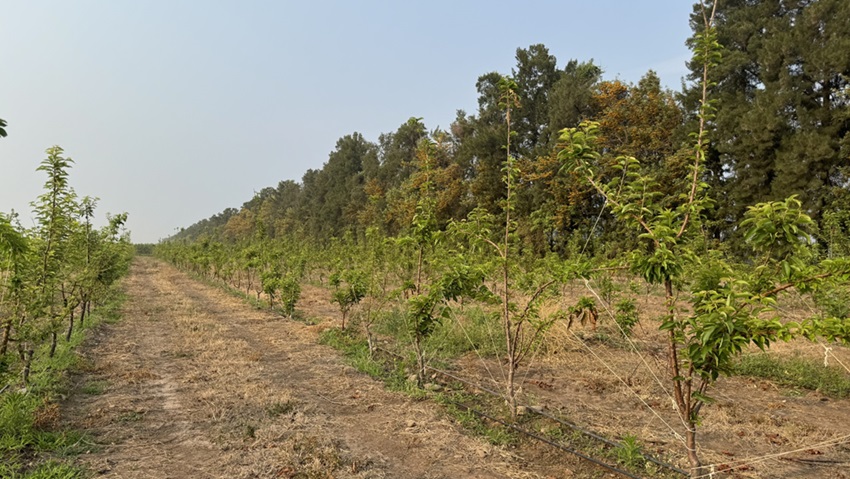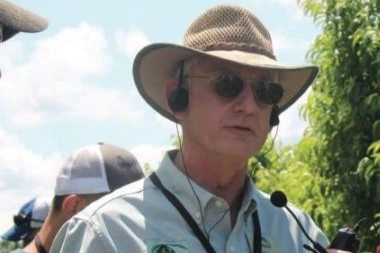In an experiment conducted in Jujuy, Argentina, under the leadership of the Mendoza-based company Güizzo Frutas Frescas S.A., researchers Dr. Viviana Curzel and producer Oscar Machuca obtained the first results of an early cherry harvest on September 24.
Dr. Curzel, director of the Fruit Growing Research Center at the National University of Jujuy, stated that this is a significant breakthrough, as the harvest is several weeks ahead of the earliest cherry productions from Mendoza, Argentina, and Ovalle, Chile, which usually occur around the 42nd week, in mid-October.
The study focused on an experimental block of 2,000 early cherry plants, including traditional cultivars such as Brooks and Lapins, as well as licensed varieties like the Royal series by Zaiger, Nimba, and Pacific Red. The Royal Lee variety from the Zaiger program was the first to be ready for harvest on September 24, with soluble solids reaching up to 21° Brix.
The Monterrico trial site offers optimal conditions for ultra-early production, with low temperatures and short cycles. In addition to cherries, the block contains peach, nectarine, and plum cultivars, with harvests starting in early September.
Over the course of 24 months of study, researchers observed that some cherry cultivars can advance the harvest to the last week of September, as demonstrated by these initial results. Future work will focus on improving dormancy management, cultivar timing, and determining the best agronomic practices for this region.
Researchers believe that the new low-chill cherry varieties tested in the early production zones of Chile and South Africa may have great potential for adaptation in this northern region of Argentina as well. This would shift the current harvest window from weeks 42/43 to weeks 39/40.

The temperate valleys of Jujuy, in the interior and far north of Argentina, are ideal for the production of early peaches. This region has the necessary infrastructure to support cultivation, including frost protection methods such as microsprinkling. Additionally, the area is equipped with post-harvest technologies, such as pre-cooled packing facilities and adequate cold conditioning.
The main advantages of this area for early stone fruit production are the mild, short winters and monsoon-like precipitation. These climatic conditions align with the flowering, growth, and development phases of the fruit trees, providing high sunlight exposure and low rainfall – factors that contribute to the exceptional sweetness and color of the early harvests.
However, management techniques need to be optimized to accelerate plant productivity and control vegetative and root surges during the summer months.
The physiology and phenology of fruit trees in Jujuy differ significantly from those in Mendoza or Patagonia, requiring specialized field management approaches. Adaptability studies have identified cultivars with greater plasticity that show strong suitability for this unique growing region, even with lower chill hour requirements.
The growers of Jujuy have employed various management practices to induce dormancy, such as early defoliation, the use of hydrogen cyanamide, incisions, and plant growth regulators to stimulate lateral branching. These techniques have contributed to the ultrafast harvests that characterize this region’s temperate valleys.
Source: Fresh Fruit Portal
Image: Fresh Fruit Portal
Cherry Times - All rights reserved













